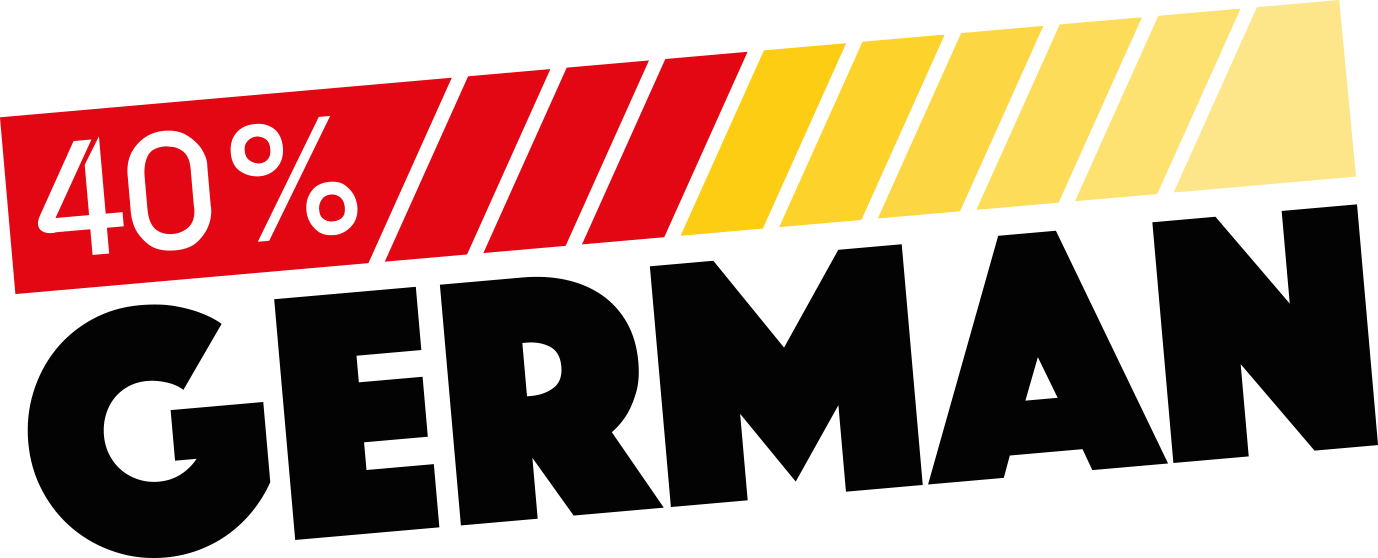The German Newspaper: Death Proof?
For the last decade, much has been made of the “death of traditional media”. On all fronts, English language media outlets are fighting for survival. Thanks to the internet and social media, over one billion English speakers have easy access to multiple stream of news and content, with many people turning away from printed news, which in turn has reduced advertising revenue. To combat the trend away from traditional media, some newspapers have instituted paywalls, while others simply ask for donations. Smaller outlets have found they are unable to compete in this environment and simply closed their doors for good. From the perspective of Germany, however, the “death of traditional media” seems rather an extreme concept. Most major cities have a local newspaper, even some small towns and villages are still able to put out regular issues. Studies suggest that German media still faces the same challenges as English language media, but as with most technological developments in Germany, change is glacial by comparison. Newspaper sales may be in decline, but in comparison to the English-speaking world, German language media is in rude health. It’s a niche product with a niche audience. It helps that the niche audience in question is roughly 220 million people.
Of course, age has a massive impact on how German media is produced and consumed, with those between 50 and 70 ensuring high sales for newspapers. Printed news, whether monthly magazines or daily newspapers are still popular, with up to 11 million printed editions being delivered and roughly 600,000 street sales every day. Most media outlets have moved to digitalise their content, but even as they transition to new platforms, the German print market is still easily the largest in Europe and fifth largest globally. However, few believe these statistics will hold. Young people engage with newspapers via apps or the internet, and it’s unlikely they’ll follow their parents and grandparents lead. It would take something very dramatic for the next generation of media consumers to suddenly switch from engaging current events through a multitude of devices, to subscribing to a daily newspaper.
Logically, then, surveys on media consumption tend to focus on the how young people access their news, and it is here that we find some interesting results. As with many things in Germany, trust and honesty still hold currency in the public space and this is unlikely to change with generational shifts. On average, radio news is seen as most trustworthy when all age groups are combined, but among young people, the most trusted form of media is still print news, even though German youth are less likely to consume it. In fact, young Germans are more likely to consume their news via television, such as Tagesschau, which comes second in the trust rankings. Oddly, given the fact that young people are likely to access news on phones and tablets, via the internet, the internet itself is seen as roughly as trustworthy as tabloid journalism, which is to say not very trustworthy at all.
Given how much trust and honesty play a central role in German news consumption, it must seem odd that the most read newspaper in Germany is a tabloid, Bild-Zeitung, renowned for it’s low quality journalism and sensationalist approach. Whether Bild deserves this reputation or not is open to debate, but I have yet to meet anyone who has a positive opinion of the paper. Germans freely describe Germany’s largest tabloid as ‘Yellow Press’ a term used for poorly researched and fact free journalism. With such accusation regularly levelled at Bild and its parent company Axel Springer SE, it’s rather odd that so many Germans read it daily. Looking at the statistics, the reason for this discrepancy could easily remain a mystery, but simply walking down the street or into a bakery it becomes clear why readership is so high.
Bild, at least in the cities I live and work in, is everywhere. Bright red Bild newspaper vending machines seem to be on every corner. Bild is sold in most bakeries, which I’d have thought presented some kind of contamination risk. One of the factories I visit on a regular basis has a red vending machine at the front gate, while in the onsite bakery and canteen, it’s the only newspaper on sale. Frankly, it’s hard to avoid it. With such saturation, it’s unsurprising that daily sales of Bild easily outstrip its rivals.
Although the reputation of Bild is low, it would be unfair to compare it to British tabloids such as The Sun or the The Daily Mail, as many Germans do. Perhaps there were similarities in the past, but I would argue that today the British tabloids have evolved into nothing more than mouth pieces for their respective owners. Axel Springer SE is also compared to Rupert Murdoch’s News Corp, which I would again dispute. Unlike in the UK, where successive Prime Ministers are obliged (if not forced) to meet with the Murdoch, German tabloids hold much less sway with leaders in the Bundestag. German politicians might seek support from media outlets, but prospective Chancellors are unlikely to go cap in hand to newspaper owners for an endorsement. In fact, the wealth of media available and the quality of journalism in Germany means that there is no single media “Kingmaker”.
German print news readership may be in decline, but the slow erosion of traditional media has allowed most outlets to pivot to new ways of reaching an audience. This in turn has allowed news to remain diverse across the country, with national and local media widely available. The result, I would argue, is a better-informed population, with a healthy level of skepticism.









